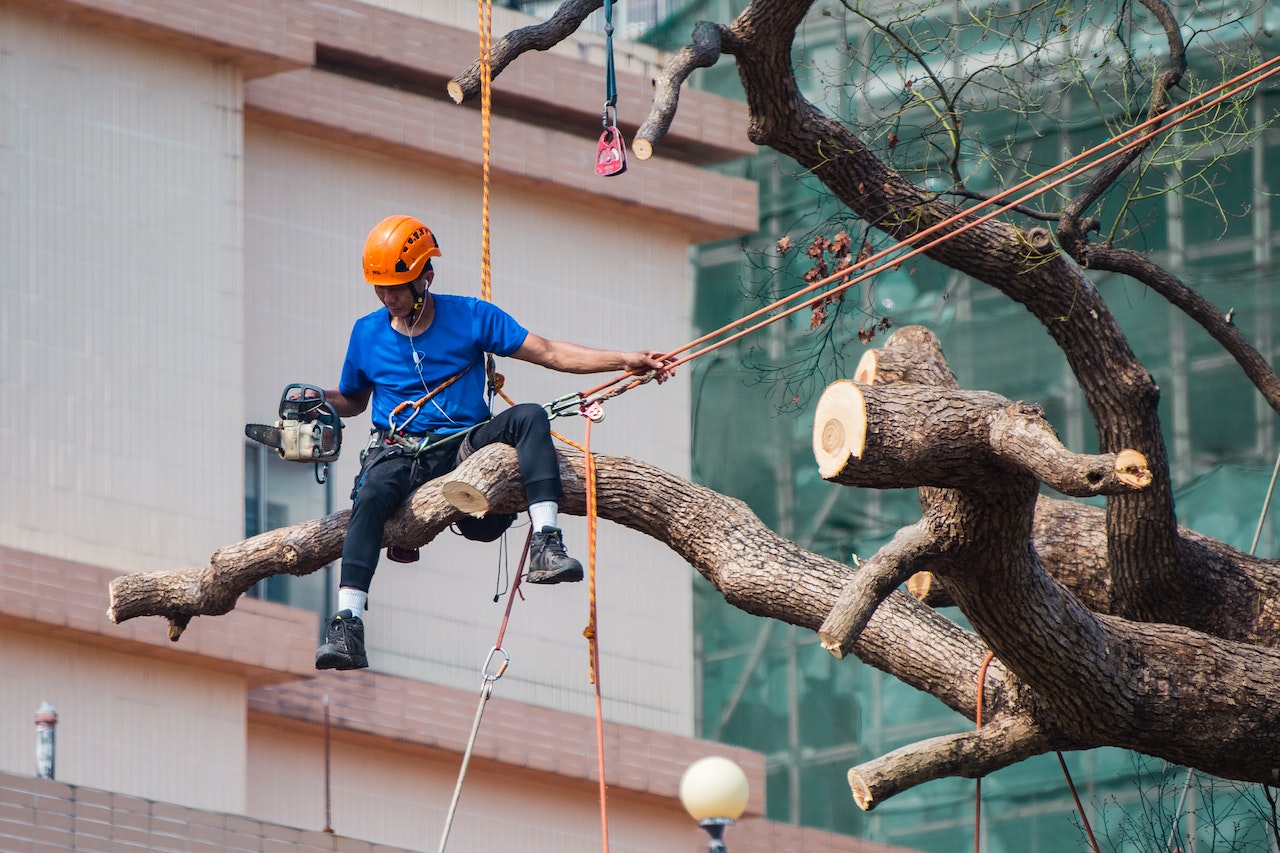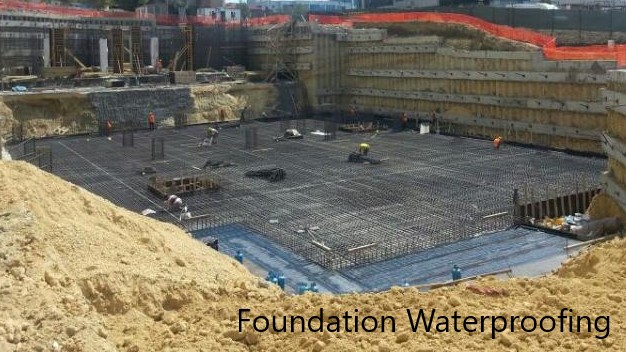In the bustling world of construction, safety isn’t just a priority; it’s a fundamental necessity. The construction industry, while essential, is inherently risky, with numerous potential hazards that can jeopardize the well-being of workers and even bystanders. This comprehensive article delves into the critical topic of safety in construction, exploring the measures, protocols, and best practices that ensure workers’ safety and the integrity of construction projects.
Alarming Statistics
Understanding the Scope of the Issue
Before delving into safety measures, it’s essential to grasp the gravity of the situation. Construction is one of the most dangerous industries, accounting for a significant number of workplace injuries and fatalities. In the United States alone, the Bureau of Labor Statistics reported that there were 1,102 construction fatalities in 2019. This alarming statistic underscores the urgent need for robust safety measures within the industry.
The Toll on Workers
The construction industry sees thousands of injuries and fatalities annually. From falls and machinery accidents to exposure to hazardous materials, the risks are abundant. For construction workers, these risks are not just statistics; they are the daily realities they face while on the job. Beyond the physical toll, workplace accidents can also lead to emotional and financial burdens on workers and their families.
Legal Framework for Safety
OSHA Regulations
The Occupational Safety and Health Administration (OSHA) plays a pivotal role in regulating and enforcing safety standards in the construction sector. OSHA has developed a comprehensive set of regulations specifically tailored to the construction industry. These regulations cover everything from fall protection and scaffolding standards to hazard communication and electrical safety.
Compliance and Inspections
Construction companies must adhere to OSHA regulations to ensure the safety of their workers. Regular compliance inspections are conducted to evaluate whether construction sites meet these standards. These inspections not only help identify potential hazards but also hold employers accountable for maintaining safe working conditions.
Key Safety Measures
Training and Education
Proper training is paramount to preventing accidents in the construction industry. Workers need to understand the potential risks and how to mitigate them. Training programs cover a wide range of topics, including the safe operation of machinery, the proper use of personal protective equipment (PPE), and hazard recognition. Employers must ensure that their workers are adequately trained and that they receive ongoing education to stay updated on best practices.
Personal Protective Equipment (PPE)
Personal Protective Equipment (PPE) is a frontline defense against accidents in construction. Workers must be equipped with the right gear for their specific tasks. This includes helmets, gloves, safety glasses, ear protection, and high-visibility clothing. The proper use of PPE can significantly reduce the risk of injuries.
Fall Protection
Falls are a leading cause of construction fatalities. Implementing fall protection measures is crucial. This includes the use of guardrails, safety nets, and fall arrest systems. Additionally, workers must be trained on how to work at heights safely and use equipment like ladders and scaffolds properly.
Machinery Safety
Operating heavy machinery requires skill and caution. Regular maintenance and operator training are vital to preventing accidents involving machinery. Employers should also implement safety protocols such as equipment inspections before each use.

Safety Culture
Fostering a Safety-Conscious Environment
Creating a culture of safety is essential in the construction industry. It begins at the top, with management setting the example. When leadership prioritizes safety, it sends a clear message to all employees that safety is not negotiable. Workers should feel empowered to raise safety concerns without fear of repercussions.
Reporting and Accountability
Workers should feel encouraged to report safety concerns promptly. Employers should establish clear procedures for reporting hazards, near misses, and accidents. This information is invaluable for identifying and addressing potential issues before they lead to injuries. Accountability measures, such as incident investigations and corrective actions, should also be in place to ensure that safety is taken seriously.
Technological Advancements
Technology has played a significant role in improving safety in the construction industry. Innovative solutions like drones and wearable sensors have revolutionized safety practices. Drones can be used for site inspections and monitoring, providing real-time data on potential hazards. Wearable sensors can track workers’ vital signs and movements, alerting supervisors to potential health or safety issues.
Additional Insights
To delve even deeper into the topic of safety in construction, it’s essential to consider various aspects of this critical issue. Construction safety is a multifaceted subject that encompasses not only physical safety measures but also mental and emotional well-being within the industry.
Mental Health and Well-being
Construction workers often face high-stress levels due to tight deadlines, job insecurity, and the physically demanding nature of their work. Addressing mental health is an integral part of overall safety in construction. Employers can provide access to counseling services and resources to help workers cope with stress and anxiety.
Environmental Safety
In addition to protecting the workers themselves, construction companies must also prioritize environmental safety. Proper waste disposal, pollution control, and adherence to environmental regulations are essential to minimize the impact of construction projects on the environment.
Community Safety
Construction projects can have far-reaching effects on the surrounding communities. Dust, noise, and disruption are common concerns. Implementing measures to minimize these impacts, communicating with the community, and being responsive to concerns can help maintain positive relationships with neighbors.
Safety Training and Certification
Continuous safety training and certification programs are essential for both seasoned construction professionals and newcomers to the industry. Regularly updated training
In the world of construction, safety isn’t a luxury; it’s a necessity. By understanding the alarming statistics, complying with legal regulations, implementing key safety measures, nurturing a safety culture, and embracing technological advancements, the construction industry can significantly reduce the risks associated with the job. Ensuring the well-being of workers is not only ethically sound but also essential for the success and sustainability of construction projects.
FAQs
Q1: What are the most common causes of accidents in construction?
Falls, machinery accidents, and exposure to hazardous materials are some of the most common causes of accidents in construction.
Q2: How can construction companies promote a safety-conscious environment?
Construction companies can promote a safety-conscious environment by setting an example at the management level, encouraging reporting, and providing adequate training.
Q3: What role does OSHA play in construction safety?
OSHA regulates and enforces safety standards in the construction sector, conducting inspections to ensure compliance.
Q4: Are there any innovative technologies improving construction safety?
Yes, innovative technologies like drones and wearable sensors have revolutionized safety in construction by providing real-time monitoring and data collection.
Q5: Why is a culture of safety crucial in construction?
A culture of safety is crucial in construction because it encourages proactive hazard identification, reporting, and mitigating risks, ultimately reducing accidents and injuries.


